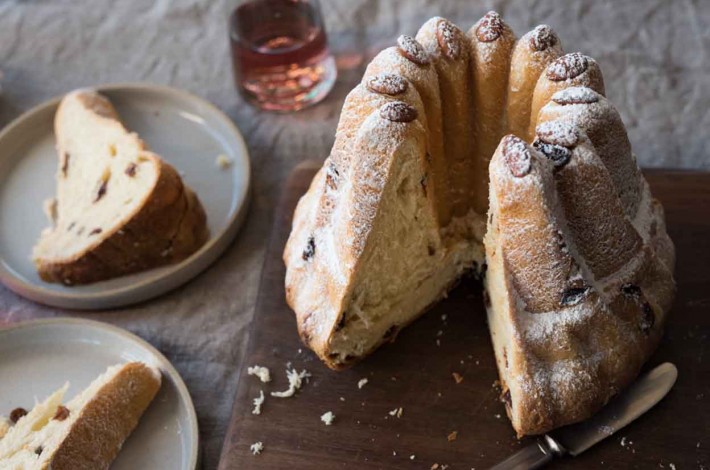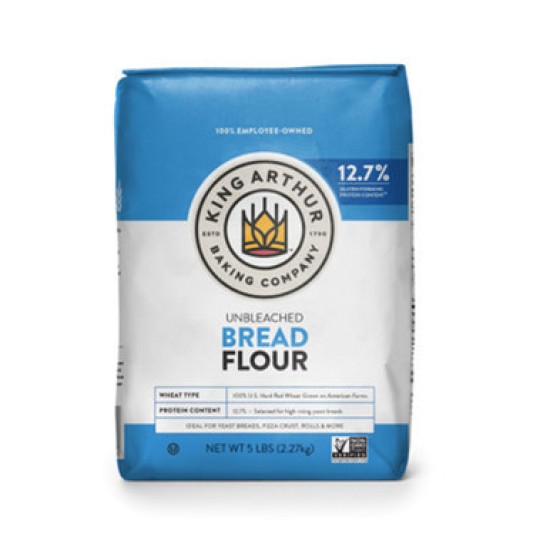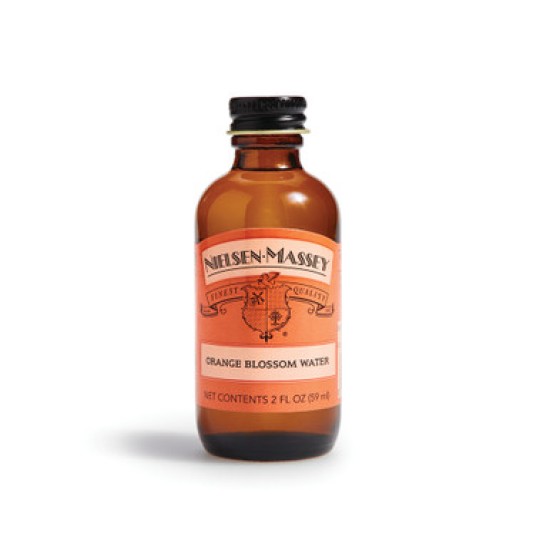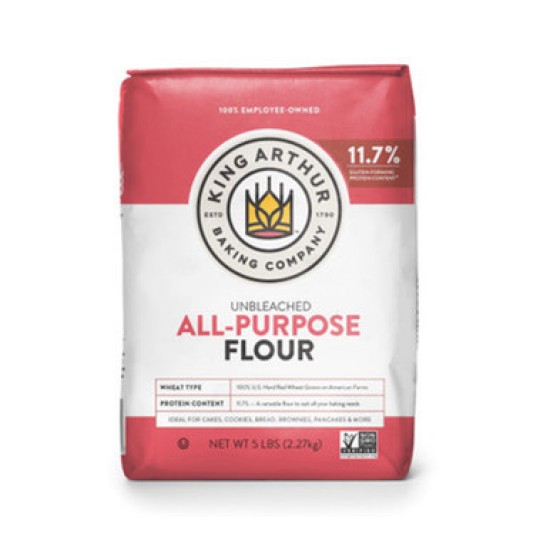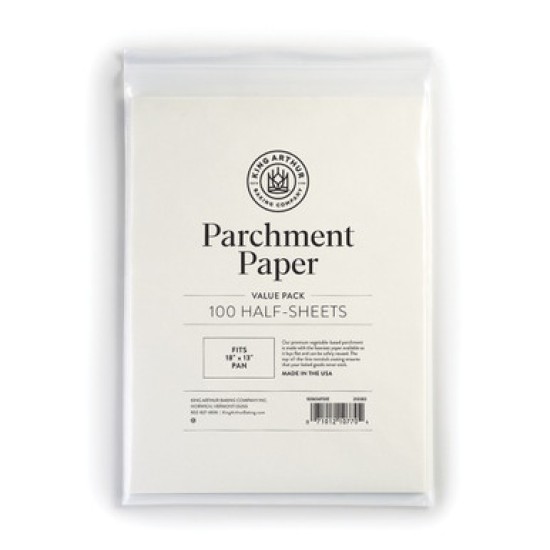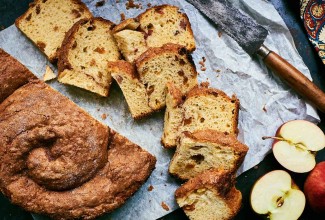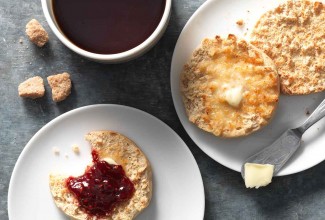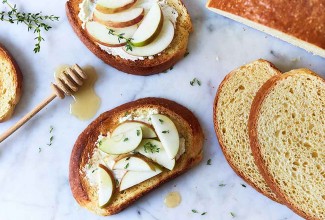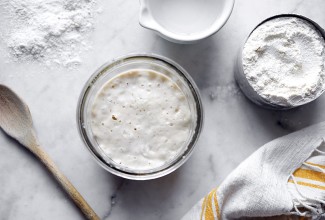-
The night before baking the kugelhopf, soak the cherries and raisins in the kirsch. Use a jar that’s slender enough to ensure the fruit is completely submerged in the liquor.
-
Measure out the butter and cut it into 1-tablespoon chunks. Let it sit on the counter at room temperature for 30 minutes, until called for at the end of mixing.
-
Drain the cherries and raisins, reserving leftover Kirsch for another use, if desired.
-
In the bowl of a stand mixer, stir together the flour and salt.
-
In a separate bowl whisk together the mature liquid sourdough starter, cold milk, cold eggs, and sugar.
-
Set the stand mixer fitted with a dough hook to stir (slowest speed), and slowly add the liquid mixture to the flour mixture over the course of 2 to 3 minutes, until incorporated.
-
Let the dough rest for 10 minutes. While the dough is resting, combine the drained fruit with the orange blossom water in a separate bowl.
-
Turn the stand mixer to medium speed and mix the dough for 8 to 9 minutes, scraping down the sides with a bowl scraper when necessary, until it starts to ball around the dough hook (it will still stick to the bottom and slightly to the sides of the bowl). The dough should look smooth with no clumps, and start to display signs of elasticity.
-
With the mixer set to medium-low speed, add the butter 1 tablespoon at a time over the course of 5 to 6 minutes. After adding the butter the dough should look elastic and shiny, with no lumps remaining.
-
Set the mixer to stir and add the fruit a little at a time, until incorporated and well distributed.
-
Transfer the dough from the mixer to a bowl and cover with plastic wrap for its bulk fermentation (first rise). Set the covered bowl in a warm spot, about 75°F.
-
After the first 30 minutes of rise, use your two slightly wet hands to grab the dough at the top of the bowl, stretching it up and folding it over to the bottom of the bowl. Rotate the bowl 180º and perform the same action. Then, rotate the bowl 90º and repeat, stretching the dough at the top of the bowl and folding it to the bottom, and vice versa, bottom to top. The dough should now be folded into a tight little package in the center of the bowl. Cover again with plastic wrap.
-
Let the dough rest for 30 minutes. Repeat the above folds at 30-minute intervals for a total of four sets. After the last set let the dough rest for 30 minutes.
-
Melt 1/2 tablespoon butter and use a pastry brush to coat the entire interior of a 10-cup kugelhopf mold or 10- to 12-cup Bundt pan. Place a single almond at the very bottom of the mold in each “peak.”
-
Lightly flour the counter and, using a bench knife, dump the dough out of the bulk container onto the counter. With the bench knife and lightly floured hands, round the dough several times into a tight circle (boule) shape. The dough will be sticky; rely on the knife and your floured hands to build a little more strength into the dough, so it’s a tight round.
-
Using your fingers, punch a hole directly in the center of the dough and stretch the hole wide enough to allow the center of the mold to push through.
-
Using the bench knife and your hand, place the dough into the buttered mold. Gently pat the dough so it’s even around the entire mold. Cover the mold loosely with plastic wrap. Let the dough rise for 3 to 3 1/2 hours at 75ºF, until it reaches the rim of the mold.
-
Towards the end of fermentation, place a rack in the bottom third of the oven and preheat the oven to 400ºF.
-
Bake the kugelhopf for 30 minutes, rotating the mold halfway through. Turn the oven down to 375ºF and bake for an additional 10 to 15 minutes, until the bread tests done. Because a large portion of the dough isn't visible it can be hard to tell when the bread is done; bake until the visible part of the dough is a deep, golden brown and the bread's internal temperature is around 200ºF to 205ºF. Keep an eye on the bread for the last 10 minutes, tenting it with foil or adjusting the bake time as necessary.
-
Remove the bread from the oven and cool it on a rack for 10 minutes. Turn the bread out of the mold onto the rack and allow it to cool completely, 3 to 4 hours.
-
Dust the bread with confectioners' sugar and serve.
-
Store any leftovers, well wrapped, at room temperature; freeze for longer storage.
